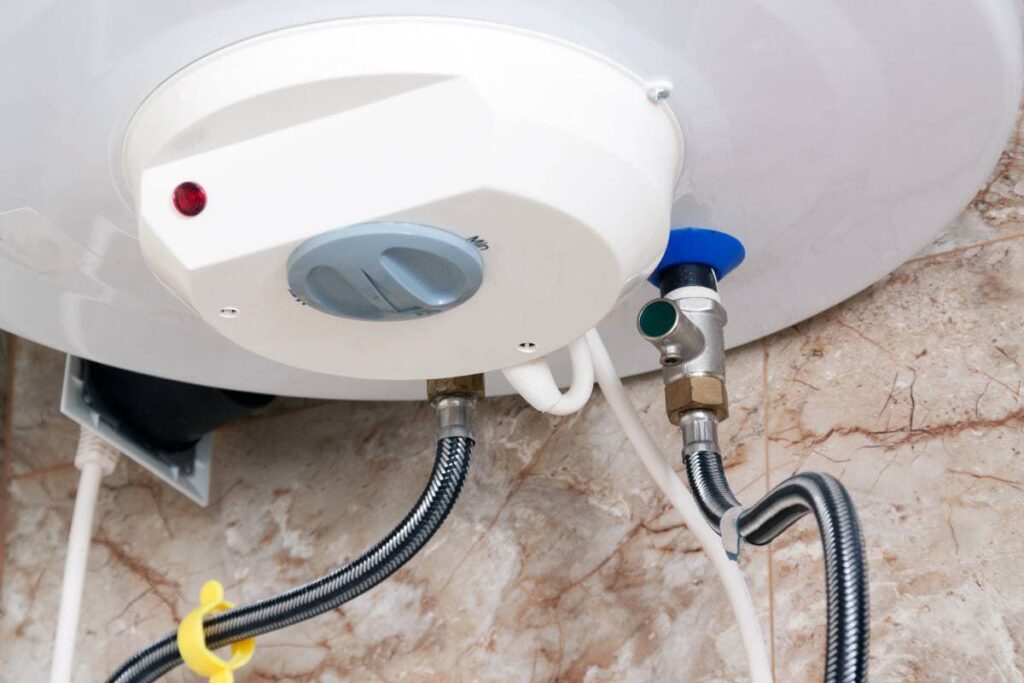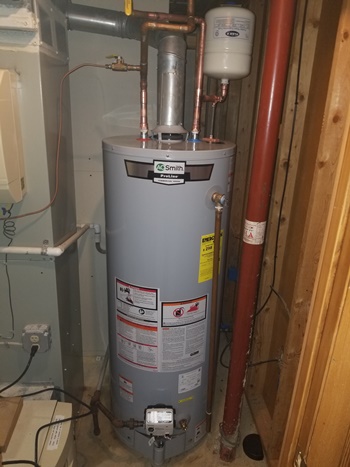Listed here in the next paragraphs you can find more professional points relating to Tips For Maintaining Your Hot Water Heater.

Warm water is necessary for everyday comfort, whether it's for a revitalizing shower or cleaning dishes. To ensure your warm water system runs effectively and lasts longer, normal maintenance is key. This write-up offers sensible ideas and insights on exactly how to keep your home's warm water system to stay clear of disruptions and pricey repair services.
Intro
Keeping your home's warm water system could appear complicated, however with a couple of basic actions, you can guarantee it runs efficiently for many years to find. This guide covers every little thing from comprehending your warm water system to DIY upkeep tips and recognizing when to employ professional assistance.
Relevance of Preserving Your Hot Water System
Regular upkeep not only extends the lifespan of your hot water system however likewise ensures it operates successfully. Disregarding maintenance can lead to lowered performance, greater energy expenses, and also early failing of the system.
Indications Your Hot Water System Demands Maintenance
Understanding when your hot water system needs interest can stop major issues. Watch out for signs such as irregular water temperature level, strange noises from the heating unit, or rusty water.
Comprehending Your Warm Water System
Before diving right into upkeep tasks, it's handy to recognize the basic elements of your hot water system. Commonly, this consists of the water heater itself, pipelines, anode rods, and temperature controls.
Regular Monthly Upkeep Tasks
Regular regular monthly checks can aid catch minor concerns prior to they escalate.
Flushing the Hot Water Heater
Flushing your water heater removes debris buildup, improving efficiency and prolonging its life.
Monitoring and Replacing Anode Rods
Anode poles prevent rust inside the tank. Inspecting and replacing them when broken is vital.
Inspecting and Readjusting Temperature Settings
Readjusting the temperature level setups makes certain ideal efficiency and security.
Do It Yourself Tips for Maintenance
You can do several maintenance jobs on your own to maintain your hot water system in leading problem.
Looking for Leakages
Regularly examine pipelines and connections for leakages, as these can bring about water damages and higher expenses.
Evaluating Stress Relief Valves
Checking the pressure relief valve guarantees it functions appropriately and avoids extreme pressure build-up.
Shielding Pipes
Shielding warm water pipes lowers warmth loss and can save power.
When to Call a Professional
While do it yourself maintenance is advantageous, some concerns require specialist competence.
Complex Issues Calling For Specialist Assistance
Examples include major leaks, electrical issues, or if your hot water heater is consistently underperforming.
Regular Specialist Upkeep Perks
Specialist upkeep can consist of comprehensive evaluations, tune-ups, and ensuring compliance with safety criteria.
Verdict
Regular upkeep of your home's hot water system is important for performance, durability, and cost financial savings. By adhering to these pointers and recognizing when to seek specialist assistance, you can ensure a dependable supply of warm water without unanticipated disturbances.
Water Heater Maintenance: The Basics
Maintaining your water heater will ensure it operates efficiently and has a longer lifespan. Neglecting regular maintenance can lead to costly repairs and an even bigger chunk of your savings if you have to replace it sooner than necessary. But there’s good news: Most water heater maintenance tasks are relatively simple and easy for homeowners with basic DIY skills.
Flush the Water Heater
Over time, sediment and minerals can build up in the tank, reducing its efficiency and potentially causing damage. To flush the tank, turn off the power or gas supply, attach a hose to the drain valve near the bottom and open the valve to drain the water until it runs clear. Ideally, flush the tank annually.
Replace the Anode Rod
The anode rod is a sacrificial metal rod that helps prevent corrosion inside the tank. Inspect and replace it every three to five years or per the manufacturer's recommendation. To replace the anode rod, turn off the power or gas supply, drain a few gallons of water from the tank, unscrew the old rod and replace it with a new one. If the anode rod is significantly corroded or covered in calcium buildup, it's a sign the water heater may need to be replaced soon.
Tune-Up
A yearly tune-up can help identify potential issues and ensure your water heater operates at peak efficiency. This typically involves checking the thermostat, burner assembly (for gas heaters) and any other components specified by the manufacturer. During a tune-up, the technician may also clean the burner and adjust the pilot light (for gas heaters) or examine the heating elements (for electric heaters).
How to Maintain Your Water Heater
- Insulate the tank. Insulating the tank can improve energy efficiency and reduce heat loss, saving you money on energy bills. You can purchase precut insulation blankets designed specifically for water heaters or use standard fiberglass insulation wrapped securely around the tank.
- Check the temperature. The recommended water temperature for most households is around 120 degrees Fahrenheit (49 degrees Celsius). Higher temperatures can increase energy costs and potentially cause scalding. Use a kitchen thermometer to check the temperature at the faucet nearest the water heater.
- Monitor water pressure. Excessive water pressure can strain the water heater and cause leaks or even tank failure. Install a pressure-reducing valve if necessary. The ideal water pressure range is between 60 and 70 PSI (pounds per square inch).
- Test the temperature and pressure (T&P) relief valve. The T&P relief valve is a safety feature that releases pressure if the tank gets too hot or the pressure builds up too high. Test it annually by lifting the lever and allowing a small amount of water to release. Replace the valve if it doesn't release water or reseal properly.
- Check for leaks. Regularly inspect the tank, pipes and fittings for leaks or corrosion. Deal with issues promptly to prevent further damage. Even a small leak can lead to significant water damage over time.
- Consider a tankless water heater. If your traditional tank-style water heater is nearing the end of its lifespan ( typically 10 years), consider replacing it with a tankless water heater. These units heat water on demand, reducing standby energy losses and potentially saving you money on your energy bills.
- Schedule professional maintenance. While homeowners can perform many water heater maintenance tasks, it's still a good idea to schedule professional maintenance every few years. A plumber or HVAC technician can thoroughly inspect the unit, identify potential issues and ensure it operates safely and efficiently.
https://www.homeserve.com/en-us/blog/home-improvement/hot-water-heater-maintanence/

I am very inquisitive about How to Maintain a Hot Water Heater in a Few Simple Steps and I hope you liked the entire article. You should take a moment to promote this blog if you liked it. Bless you for your time. Return soon.
Show Details
Comments on “Expert Tips on Caring for Your Home's Hot Water System”